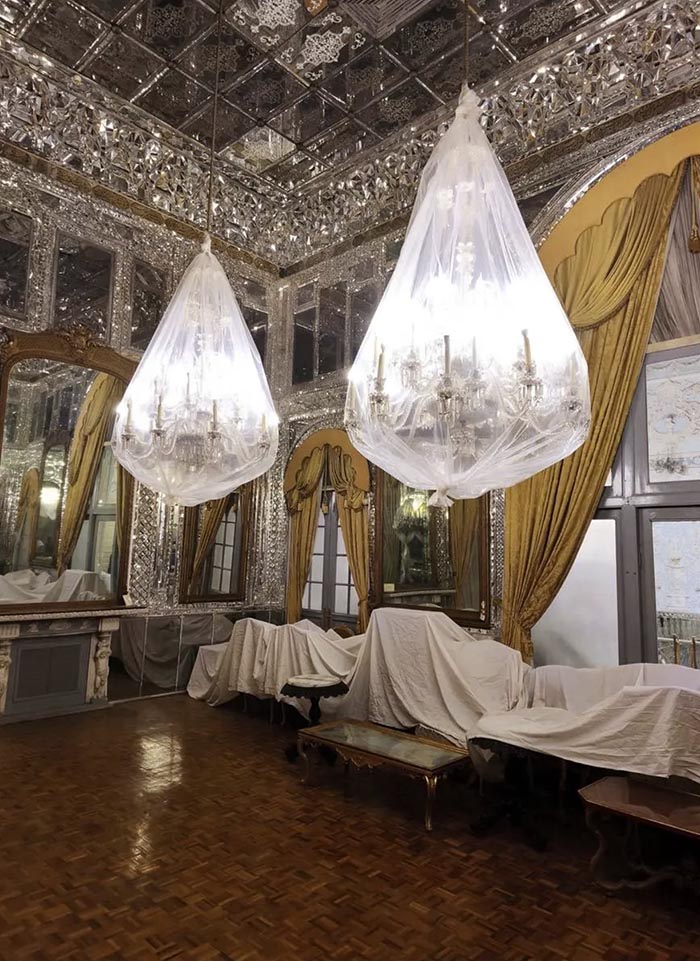Golestan Museum’s Protective Measures During Israeli Attacks: A Detailed Overview


Introduction Woman and Child (Romanized: Zan O Bacheh) is a compelling Iranian drama film released in 2025. Crafted by visionary … Continue reading ➝
Introduction Imamzadeh Saleh (AS) in Tajrish, Tehran, stands as a beacon of Iran’s deep-rooted religious traditions, cultural heritage, and architectural … Continue reading ➝
Introduction Atefeh Razavi is one of Iran’s most celebrated actresses and makeup artists, whose career spans over three decades in … Continue reading ➝
Introduction Nasim Adabi is a renowned Iranian actress, voice artist, and theater director whose versatile talent has made a significant … Continue reading ➝
Introduction In the vibrant landscape of Iranian cinema and television, few names have captured the hearts of viewers like Maryam … Continue reading ➝